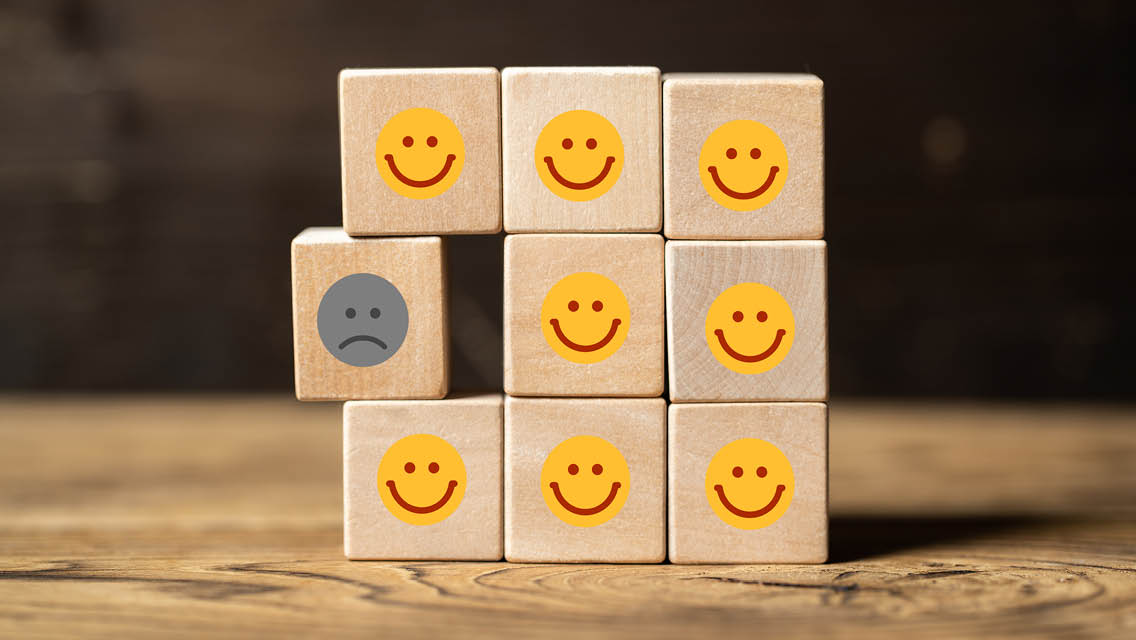Being all by yourself has two very different names: solitude and loneliness. Solitude is a healthy state of self-communion in which escaping the crowd creates peace and happiness. Loneliness, on the other hand, is a condition associated with enough potential stress to damage your body.
James J. Lynch, PhD, a clinical psychologist in Baltimore and author of three books on the medical effects of loneliness, points out that while a little temporary loneliness is natural, when it becomes habitual — “a feeling of being cut off and simply unable to communicate with others,” as he puts it — it’s a real problem.
In his research over four decades, Lynch has seen the price the body pays for loneliness: anxiety, depression, a compromised immune system, and blood pressure spikes that bring an increased risk of hypertension and heart disease.
Stress Source
Isolation and Loneliness
Feeling deeply lonely, even in the presence of others, is recognized as a social and emotional challenge, but it can also have serious, long-term physical health effects.
Barriers to Overcome
A go-it-alone mentality. “We’re the products of a culture that idolizes the self-sufficient Marlboro Man,” says Lynch. “We tend to think of isolation as relatively normal.”
Too much screen time. Our reliance on computers and other electronic devices tends to deprive us of the kind of face-to-face contact and conversation that’s good for the soul — and the arteries.
Lack of self-awareness. We aren’t always particularly cognizant of the extent of our isolation or loneliness, says Lynch, because “a lot of our emotional life is outside of our awareness. We actually have two bodies: a mechanical or hydraulic body — a body that pumps — and a communicative body, a body that’s deeply affected by issues of connection and communication — or lack of communication — with others.”
Prioritizing fitness over social well-being. Lynch says people who work out a lot but neglect personal relationships may actually be at greater risk for hypertension than their less well-exercised, but better-connected, peers. A fit person’s heart pumps more blood with each stroke, which can mean more physical stress on arterioles constricted by the emotional stress of, say, relationship problems.
How to Cope
Listen to others. “Anything that gets you outside yourself lowers your blood pressure,” says Lynch. “Talking increases your blood pressure, sometimes quite dramatically. And talking while feeling lonely (that is, talking but sensing that you are not connecting) only makes matters worse. But listening — really listening — to others can actually bring your blood pressure down to below your normal rate as it lessens feelings of isolation.”
Get out into nature. A peaceful walk under the blue sky not only lowers blood pressure, it can transform feelings of loneliness into healthier feelings of peacefulness and solitude.
Adopt a pet. “In our research, we found dramatically decreased blood pressure among children when pets were in the room,” says Lynch. Pet interaction has shown similar health-boosting effects in people of all ages.
Seek face time. Lynch stresses the need for face-to-face contact in an electronically mediated world. Don’t allow online communities to take the place of in-person social experiences based on shared interests and hobbies. And seize every opportunity you can to take an authentic interest in others — pay attention to their experiences and perspectives. Ask about what is going on in their world.
Stress Solver
Hands That Listen: The Rosen Method uses the power of touch to reconnect you with yourself.
Feeling lonely or anxious?
You might want to try a form of bodywork called the Rosen Method. A methodology based on healing and centering touch, the Rosen Method aims to create relaxation, well-being and self-awareness.
Origin: Marion Rosen (b. 1914) was working as a physical therapist when she learned about the power of human touch from Lucy Heyer, a dancer and massage therapist who belonged to the social circle of famed psychologist Carl Jung. Rosen also noted that her patients got better when she talked with them about the connection between their muscles and their emotions. By the 1970s she had developed a unique therapeutic-touch method, along with a style of movement that combined physical-therapy exercises and music.
Benefits: “Relaxation is a goal, but because the relaxation is combined with an awareness of how our bodies have ‘recorded’ our emotional lives, it is a more profound experience than simple relaxation,” says Marjorie Huebner, a Minneapolis-based Rosen Method practitioner and teacher. “Awareness can bring change in our lives.” The method’s gentle, nonmanipulating, “listening” touch brings its own benefits. “It stimulates our limbic brain, the ‘feeling’ brain that we share with animals, and it encourages the flow of oxytocin, the hormone of connection and calming that is in some ways the opposite of adrenaline,” she says. “Oxytocin is essential in bringing down our stress level, and we get it when we are listened to, looked at without judgment and touched.” (See “Emotional Biochemistry”.)
Simple Steps: Rosen Method bodywork is not massage, Huebner explains, but a “method of awareness.” The practitioner touches the client’s body in places where there is muscular tightness, inviting the client to notice the tightness and also, if he or she chooses, to talk about it.
“My touch helps you feel you,” says Huebner. “A muscle can either contract or relax, and if it has contracted when it isn’t doing any work like pushing or lifting, well, it’s doing something else, and if you don’t know what it’s doing, you are going to keep that muscle tight, which might lead to chronic pain and other problems.” Very often, she adds, the tight muscle is holding in an emotion that, for whatever reason, you are not able to fully feel or express.
“If you have had a great loss, say of a loved one, you will experience a lot of grief,” she explains. “But you won’t experience it all at once. Your body will hold on to some of it as muscle tension. Or if it was not OK in your family to express fear or anger, you might be holding that repressed emotion in the muscle.” The practitioner’s touch and the client’s memories and understanding of his or her own emotions dance back and forth during the Rosen session.
This article has been updated. It was originally published online on July 1, 2008.




This Post Has 0 Comments